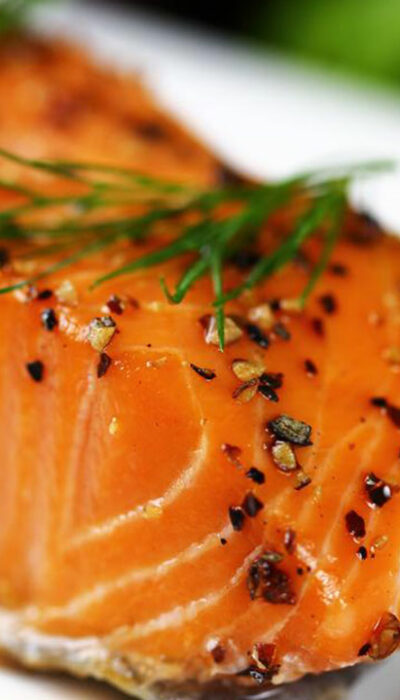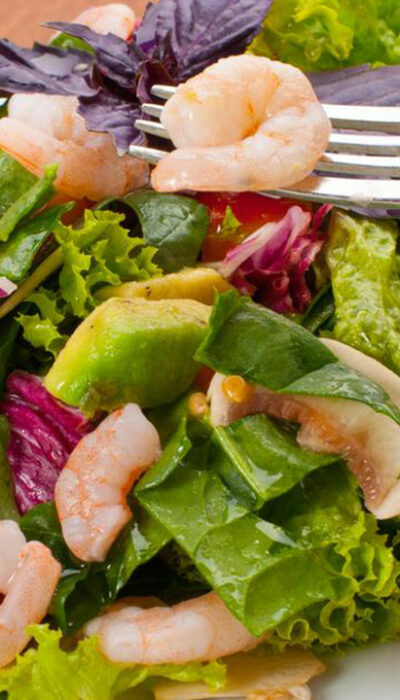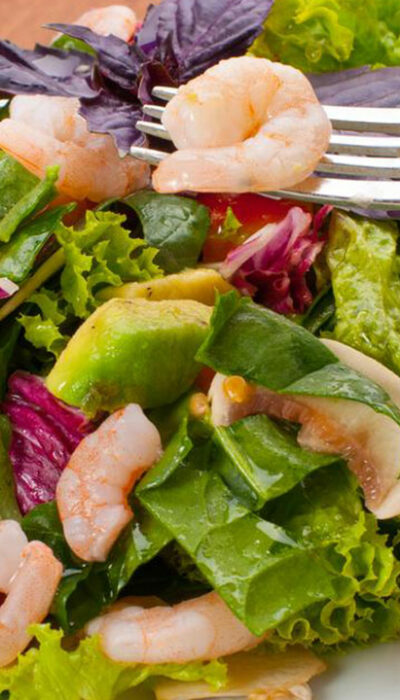
H. Pylori Infection – Causes, Symptoms, Diagnosis and Treatment
Helicobacter pylori are one of the most common types of bacteria to cause infection in the stomach lining and upper part of the small intestine. It’s the primary cause of ulcers across the globe, and about two-thirds of the world population have it inside their body. It is infamously referred as the “ulcer bacteria,” however with it can be avoided efficiently with healthy habits. Until the discovery of Helicobacter pylori, researchers believed spicy food, stress, smoking and other bad lifestyle habits are responsible for ulcers. But in 1982, experts found that this bacteria attacks the stomach lining that protects the stomach from acids which help in digesting food. It produces a cytotoxin named vacuolating cytotoxin A. After damaging the lining, it may bleed or cause infections and even keep food from moving through the alimentary canal. How can H. Pylori enter the body? Typically, this bacteria can enter the body via contaminated food or water. It’s most predominant in developing and underdeveloped nations where a shortage of proper facilities and infrastructure which ultimately leads to lack of basic sanitation. It is contagious and easily infects other people. Both adults and children are susceptible to this condition. The H. Pylori infection symptoms don’t arise instantly. So the condition can stay in a dormant state for years. What are the H. Pylori infection symptoms? In several cases, symptoms of infection don’t manifest. However, acutely infected people may have symptoms like: Belching Bloating Burping Loss of appetite Nausea Vomiting, in severe cases the person might throw up blood Abdominal uneasiness Chronic abdominal pain In case of ulcers, a burning sensation may come and go and mostly when the stomach is empty. Ulcers bleed the linings of stomach and duodenum, thus show some symptoms like: Bloody, dark red or black stools Fatigue without no reason Anemia Breathing problems Diarrhea Dizziness Feeling full even eating minimal amounts of food Unexplained weight loss How are H.








